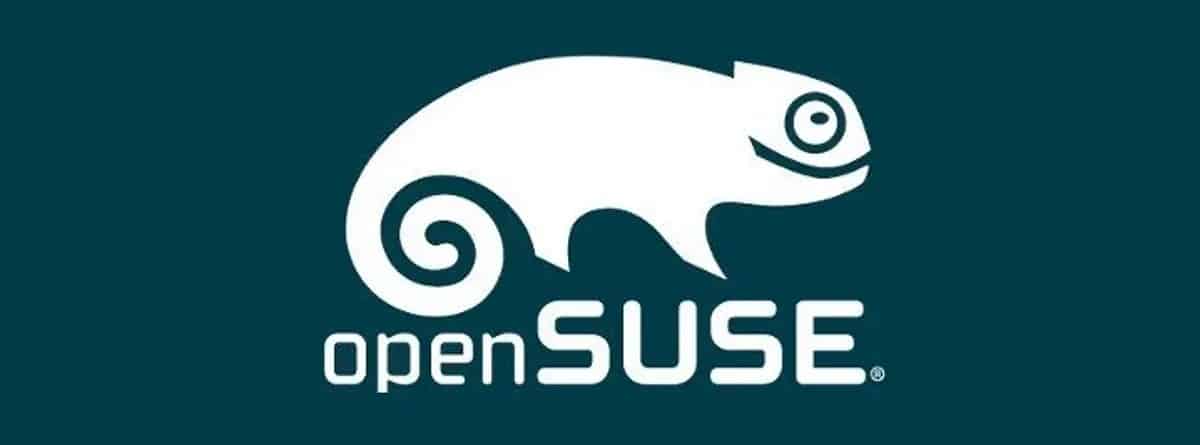
It is an operating system oriented to free software users and open to the development of new functions by its community.
A few days ago, the developers of the openSUSE project unveiled, through a blog post, the news of the Integration of support for the “systemd-boot” bootloader in the openSUSE Tumbleweed distribution.
Systemd-boot, abbreviated as sd-boot, es a simple UEFI boot manager, which like other boot managers offers the user a textual menu to select the boot entry and an editor for the kernel command line. systemd-boot only supports systems with UEFI firmware.
In addition to providing a textual interface for selecting boot entries, systemd-boot pAllows you to edit kernel command lines. It is important to note that sd-boot is only compatible with systems with UEFI firmware.
One of the main advantages is the focus on simplicity and efficiency, especially when handling full disk encryption. Unlike traditional boot loaders such as GRUB, sd-boot delegates decryption and key derivation responsibilities to the Linux kernel and userspace, thus speeding up the boot process and avoiding possible slowdowns at system startup.
Compared with the traditional GRUB bootloader, Using systemd-boot in openSUSE Tumbleweed improves the speed and security of the boot process. Currently, systemd-boot is an additional option, while GRUB remains the default bootloader, except in builds for QEMU, where systemd-boot will be enabled along with full disk encryption.
The move from traditional GRUB to systemd-boot has been motivated by several key reasons, according to a presentation by Ludwig Nussel (Leap Release Director) who touched on some of the most important aspects of this transition and the reasons behind it.
Ludwig mentions that one of the main motivations has been the simplicity and efficiency that systemd-boot offers, especially in environments that handle full disk encryption. Unlike traditional boot loaders such as GRUB, systemd-boot delegates responsibilities related to encryption and key derivation to the Linux kernel and userspace, helping to speed up the boot process and reduce boot complexity. bootloader code.
As for the key reasons related to this integration, we can highlight the following:
- Improved boot speed and security: The switch to systemd-boot is expected to improve boot speed and increase the security of the boot process in openSUSE Tumbleweed compared to using the traditional GRUB bootloader.
- Optional support: Currently, systemd-boot support is offered as an additional option, while GRUB remains the default boot loader. However, builds for QEMU plan to enable systemd-boot by default along with full disk encryption.
- Facilitating full disk encryption: The main goal of adding support for systemd-boot is to make working with full disk encryption easier and more efficient. With systemd-boot, encryption-related operations are moved to the Linux kernel side and to a driver in userspace, simplifying the bootloader code.
- Integration with Btrfs and snapshot management: openSUSE Tumbleweed uses the Btrfs file system by default, which means working with snapshots. The systemd-boot integration makes it easier to boot from individual snapshots and increases efficiency in organizing kernel updates using the sdbootutil utility, which manages snapshots.
Finally, it is mentioned that systemd-boot support in openSUSE is still considered experimentalTherefore It is offered as an option in both the Tumbleweed and MicroOS installers, providing an alternative to GRUB for those users who want to try it out. Additionally, there are devices out of the box in qemu that use systemd-boot and full disk encryption by default.
If you are interested in knowing more about it, you can check the details In the following link.